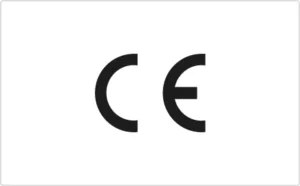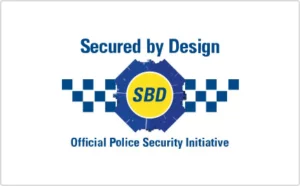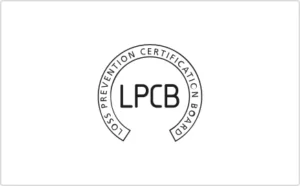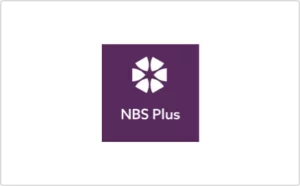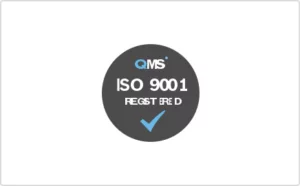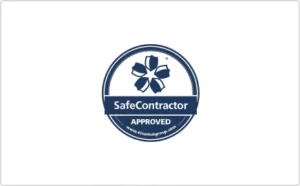Accreditations and Certifications
LPCB Certification
The Loss Prevention Certification Board (LPCB) is a leading global authority in security and fire protection certification. LPCB's approval is widely recognized and respected by governments and regulatory bodies worldwide, especially in Asia-Pacific, the Middle East, and Europe.
The LPCB approval process involves a thorough assessment and testing of products to ensure they meet high-quality standards. This assessment is conducted by a team of experts, including regulators, insurers, designers, manufacturers, installers, engineers, and scientists. Typically, product testing is carried out at LPCB's well-known testing facilities. Regular audits are also performed to ensure that approved products consistently meet the stringent criteria.
Understanding CE Marking
CE marking is a crucial indicator of a product's compliance with EU laws, making it easy to sell in the European market. When you see the CE mark on a product, it means the manufacturer guarantees that the product meets all legal requirements necessary for sale in the European Economic Area (EEA), which includes 27 EU member states and European Free Trade Association countries.
It's important to remember that the CE mark doesn't mean the product was made in the EEA. Instead, it shows that the product has been thoroughly assessed and meets the required legal standards, especially safety measures, making it eligible for sale in the region. The manufacturer confirms that the product meets essential requirements like health and safety standards specified in relevant directives, and it may have been evaluated by a recognized conformity assessment body as required by the directives.
Understanding LPS 1175 Security Ratings
LPS 1175 is a vital standard for testing the strength of construction materials like plasterboard, brick, block, and steel cladding against break-in attempts. This test sets the allowed tools and time needed for each security level to prevent unauthorized access through a building element.
For modular buildings, the test measures the time required to create an opening big enough for a person to pass through (minimum 400mm x 225mm). It also examines joints and fixings in the building. The Building Research Establishment (BRE) conducts these assessments, ensuring their expertise in the product and its construction. Various initial trials determine the most effective tools from the allowed set.
The resulting ratings, typically called SR1-5, are shown in 'as built' drawings and verified through an independent LPCB ISO9001 audit.
Here's what each rating defends against:
SR1: Protects against basic tools like screwdrivers, knives, and pliers used for opportunistic attacks.
SR2: Resists more determined opportunistic attacks with tools like bolt cutters, claw hammers, and drills.
SR3: Prevents deliberate forced entry attempts using bodily force and various tools like short axes, chisels, crowbars, and gas torches.
SR4: Withstands experienced attempts at forced entry using higher-level tools like felling axes, sledgehammers, steel wedges, disc grinders, and jigsaws.
SR5: Provides strong protection against serious forced entry attempts using advanced battery-powered tools, commonly used by fire and rescue teams, such as circular saws and powerful 750W reciprocating saws with specialized blades.
Explaining STS202 Security Ratings
STS202 is the benchmark for checking how well different building materials, like plasterboard, brick, block, and steel cladding, resist break-in attempts. This test spells out which tools can be used and the minimum time needed for each security rating level to prevent unauthorized access through a building component.
For modular buildings, the test measures the time it takes to create an opening large enough for a person to get through and looks closely at all the connections and attachments in the building. Exova, a respected organization knowledgeable about the product and construction, conducts these tests. They conduct multiple initial trials to identify the most effective tools from the allowed set.
The resulting ratings are generally labelled BR1-6, each offering specific protection levels against break-in attempts:
Understanding Security Ratings (BR)
BR1 – How break-ins happen: At this level, casual burglars use simple tools and physical force, like kicking, pushing, lifting, or tearing. They exploit opportunities and have no knowledge of how strong the construction is or what they might gain. (Lower Risk)
BR2 – How break-ins happen: Casual burglars at this level use small tools like screwdrivers, pliers, and wedges, and they may also use a small handsaw with exposed hardware. No power tools are used at this stage. They are concerned about time and noise and are willing to take minimal risks. (Lower Risk)
BR3 – How break-ins happen: Burglars at this level use a crowbar, an additional screwdriver, and hand tools like a hammer, punches, and mechanical drilling tools. They aim to increase the force applied to break in, and the drilling tool helps them attack vulnerable locks. They have some idea of the resistance but are still worried about time and noise. (Medium Risk)
BR4 – How break-ins happen: Experienced burglars add heavy hammers, axes, chisels, and a portable battery-powered drill at this level. These tools allow them to use multiple methods to break in. They have knowledge of the potential gain and are determined to get inside, showing less concern for time and noise, and ready to take moderate risks. (Medium Risk)
BR5 – How break-ins happen: Skilled burglars use electric tools, drills, jig and sabre blades, and angle grinders, expanding their methods of attack. They expect a reasonable gain, are determined, well-prepared, and don't care much about time or noise, being willing to take high risks. (High Risk)
BR6 – How break-ins happen: At the highest level, experienced burglars use powerful tools like spalling hammers, drills, jig and sabre blades, and angle grinders. These tools, operated by a single person, are highly effective. Burglars anticipate a substantial gain, are determined, well-prepared, and don't worry about time or noise, being willing to take high risks. (High Risk)
Comparing LPS1175 and SRS202
The main difference between LPS1175 and SRS202 is the organizations that conduct the tests (BRE & Exova). Both are reputable third-party groups that use similar methods to test against comparable stresses. The primary distinction might be in the cost, but both certifications are well-recognized and dependable for evaluating product security.
Our Accreditations

